Ratio of Amount Owed to Amount Borrowed
One measure of repayment is the extent to which borrowers reduce their loan balances over time. The amount owed may increase if borrowers do not make payments large enough to cover accruing interest or if there are penalties.
With the exception of Asian students, the majority of associate and bachelor’s degree recipients who started college in 2003-04 still owed more than half of what they borrowed for college 12 years after first enrolling. Black or African American students were the only group who, across every level, owed more than what they borrowed, with bachelor’s degree recipients owing 105.5 percent and associate degree recipients owing 117.3 percent of their original loan.
Report Links
Race and Ethnicity in Higher Education: 2020 Supplement
Chapter Five: Undergraduate Debt and Student Loan Payment
Chapter Five Report Download (PDF) 777 KB
Chapter Five Data Tables Download (XLSX) 123 KB
Source
Source: U.S. Department of Education, Beginning Postsecondary Students Longitudinal Study, BPS:04/09, and 2015 Federal Student Aid Supplement
Notes:
Data for the 2004 cohort reflect students who first entered college in 2003-04 and their highest credential earned by 2009. Data reflect all federal student loans taken through 2015, a twelve-year time frame. As a result, loan outcomes may reflect loans taken for additional enrollment beyond the highest degree attained by 2009.
Data for American Indian or Alaska Native and Native Hawaiian or other Pacific Islander students are suppressed as reporting standards were not met.
‡ Estimate suppressed. Reporting standards not met.
! Interpret with caution. Ratio of standard error to estimate is >30% but <50%.
!! Interpret with caution. Ratio of standard error to estimate is >50%.
